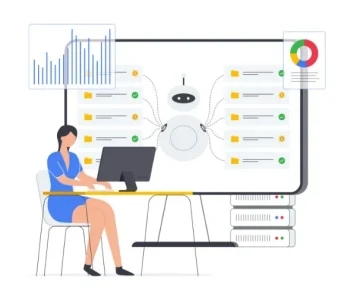In the fast-paced digital era, small businesses face the challenge of making every move count—especially when budgets are tight. One of the most effective ways to ensure smart, strategic choices is by embracing data analysis. Far from being a tool reserved for large corporations, data analysis can provide small businesses with clear, actionable insights that fuel growth, efficiency, and customer satisfaction.
Understanding Data Analysis for Small Businesses
At its core, data analysis involves reviewing and interpreting information to uncover patterns, trends, and opportunities. For small businesses, this means turning raw data—such as sales records, customer feedback, or web traffic—into strategies that directly influence success. It’s not just about collecting information; it’s about using that information to make better decisions.
Key Benefits of Data Analysis
- Smarter Decisions
By examining historical data alongside current market signals, small business owners can make choices backed by evidence, reducing uncertainty and improving outcomes. - Streamlined Operations
Identifying inefficiencies allows for better use of time and resources, cutting waste and improving profitability. - Deeper Customer Understanding
Analyzing buying behavior and feedback helps tailor products, services, and marketing to match customer needs more precisely. - Staying Ahead of Competitors
Monitoring market trends and competitor activity enables businesses to adapt faster and seize opportunities first. - Lower Operational Costs
Pinpointing where money is being overspent allows for strategic cost-cutting without compromising quality. - Stronger Marketing Impact
Data makes it possible to target the right audience with personalized campaigns, maximizing returns on limited marketing budgets.
Getting Started with Data Analytics in a Small Business
- Define Clear Objectives
Determine exactly what you want to achieve—whether it’s boosting sales, increasing repeat customers, or improving service quality. - Gather the Right Information
Focus on collecting data relevant to your goals, such as customer demographics, purchase history, or website engagement. - Analyze for Insights
Use analysis tools to detect patterns and correlations that reveal what’s working and what needs attention. - Draw Meaningful Conclusions
Understand the story behind the numbers so you can make informed decisions that align with your objectives. - Put Insights into Action
Translate findings into practical changes—refining operations, enhancing marketing, or improving customer experiences.
Final Thoughts
For small businesses, data analysis is more than a trend—it’s a strategic advantage. By using insights to guide decisions, owners can improve efficiency, connect better with customers, outpace competitors, and achieve sustainable growth. Starting small and following a clear process can make the difference between guesswork and informed, successful strategies.





